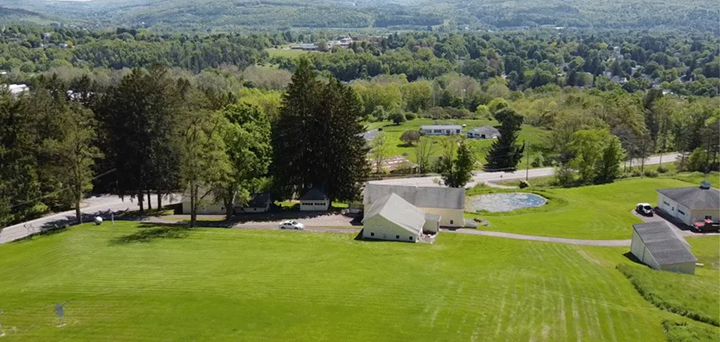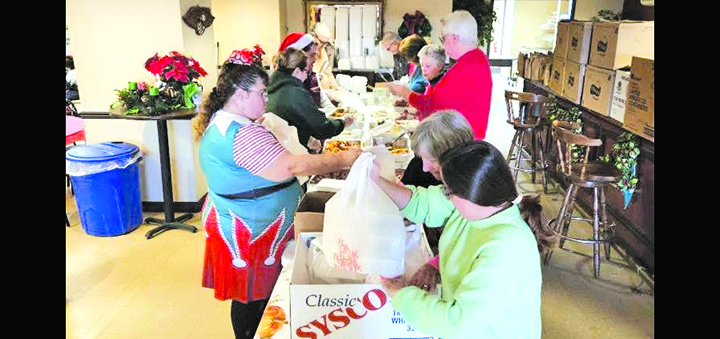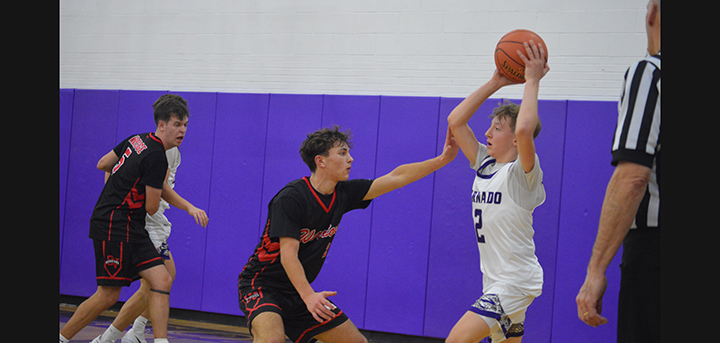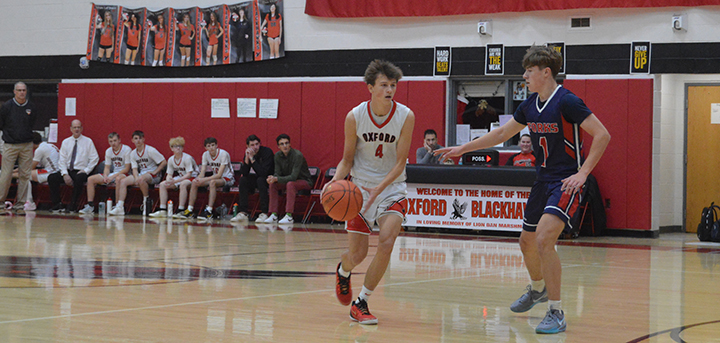Time to rethink deer management tactics
This Saturday, Oct. 14, marks the opening of the special early archery season for deer in the Southern Zone. The season runs until the day prior to the regular (firearms) season opener of November 18, or for 35 days. Bowhunters can also take advantage of the special nine-day late primitive season that runs December 11-19, giving them a total of 44 days in which to hunt. That's one heck of a deal for $35, which is what the total cost of a basic hunting license plus the archery license is, or less than a dollar a day.
New York archery hunting participation has increased dramatically since the first special bow season, held a half century ago, but it is now in decline. Why? Hunters as a group are aging. A study by Cornell showed that the peak year for younger deer hunters, age 26-35, occurred in 1989. By 1997 that trend had reversed as the hunters aged and fewer young hunters entered the pool. There was a pronounced spike in the percentage of hunters age 36-55. Due to normal aging effects, older hunters tend to hunt less and, also, see their ability to partake in more demanding activities – which bowhunting is – become increasing more limited.









Comments